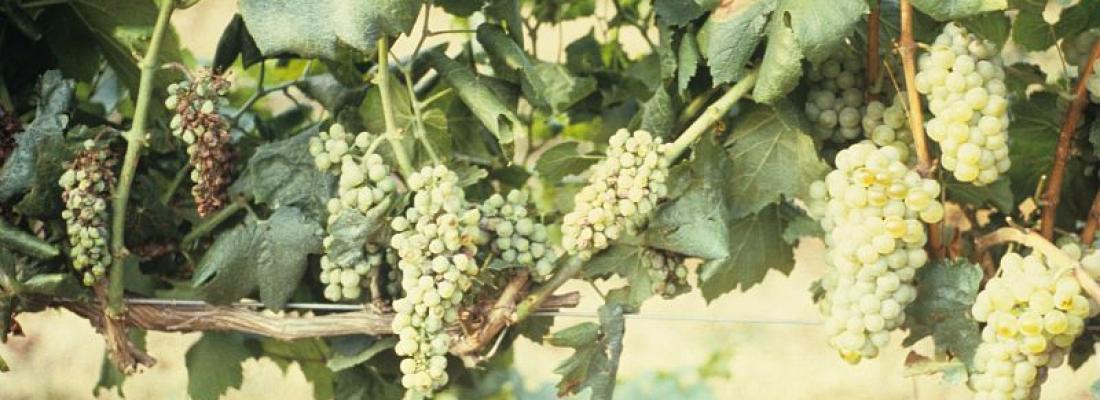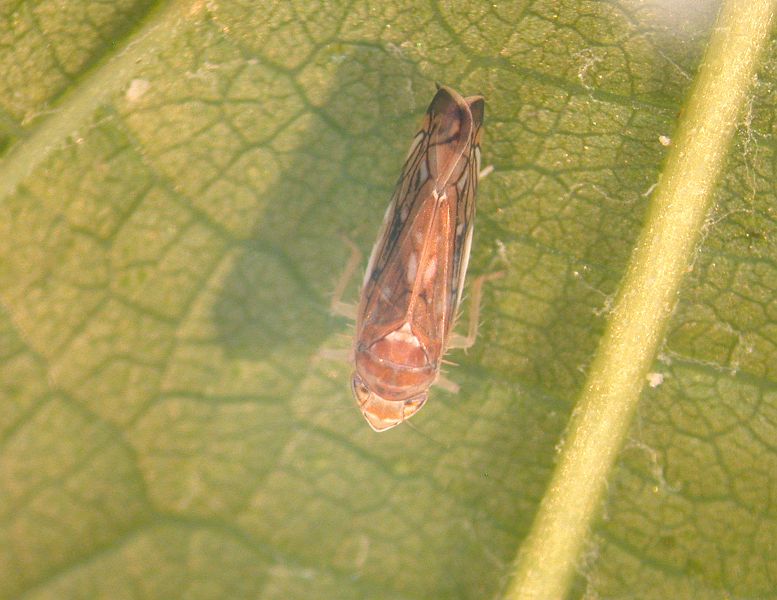Agroecology Reading time 3 min
An ERC grant for deciphering the volatile signals of a threatened vineyard
Published on 22 October 2024

A pot of basil nestling in a fig tree, bunches of mint alongside apple trees, a few onions among the carrots... these are just some of the virtuous alliances between plants to repel pests. Aromatic plants are particularly good at acting as sentinels, as they are capable of emitting volatile compounds very early on in the event of an infestation. When the neighbouring plant picks up on these molecules, it reacts by preparing its defence. This may involve producing other compounds to repel, attract or alert other plants, allies or enemies. These silent battles waged with volatile compounds have always been fought, but have only recently become the focus of research. In the field of orchards and annual plants, scientific exploration is underway, but when it comes to perennial plants, science is in uncharted territory.

The European Research Council programme funds frontier research with scientific excellence as its sole criterion. It enables researchers to identify new areas of research, while recognising the status and visibility of Europe's brightest minds. The ultimate aim is to build a European research community ready to meet the needs of a knowledge-based society and provide the cutting-edge research needed to tackle global challenges.
Foteini Paschalidou is the first to propose a study of a perennial plant with high economic value, the vine. Her aim: to detect the interactions that Vitis vinifera develops with other organisms when it is alerted by an aromatic plant to the appearance of flavescence dorée, a serious disease that requires plots to be placed in quarantine.
Defence strategies against flavescence dorée

Transmitted by an insect called a leafhopper (Scaphoideus titanus), flavescence dorée causes the vines to turn yellow and then wither. Foteini Paschalidou intends to identify the most efficient aromatic plants (such as thyme, oregano and lavender) to provide early warning of the danger. Her project then involves observing the means of defence deployed by the vine. The scientific literature on volatile organic compound (VOC) emissions and the interactions they trigger shows that some plants produce repellent molecules, whilst others facilitate the mobilisation of the pest's enemies, or attract pollinators in order to speed up the plant's reproduction before it dies out. The researcher focuses on multiple inter-species interactions, something that has never been studied before.
A world first
PANOPLY stands out from other studies because of its ambition to examine all multitrophic interactions: plant-plant, vine-herbivore, vine-enemy of herbivores and vine-pollinator interactions.
It is also the first study to be conducted over a long period (5 years). Long enough for researchers to observe seasonal cycles. “We are going to characterise the dynamics of change according to the seasons, because it is likely that the vine attracts or repels mutualistic and antagonistic instects differently depending on the season”, explains Foteini Paschalidou.
Another novel approach: the experiments will take place not only in the laboratory, but also in greenhouses, gardens and open fields, at the Domaine du Chapitre experimental platform (Hérault). As close as possible to real-life conditions, the results will notably be constrained by climatic variability and natural hazards.
The results obtained could open up a range of alternative solutions to the chemical products used on crops. For example, biological control could be enhanced by attracting the natural enemies of pests, or crops could be diversified using aromatic plants, all potential ways of consolidating agroecological systems.
